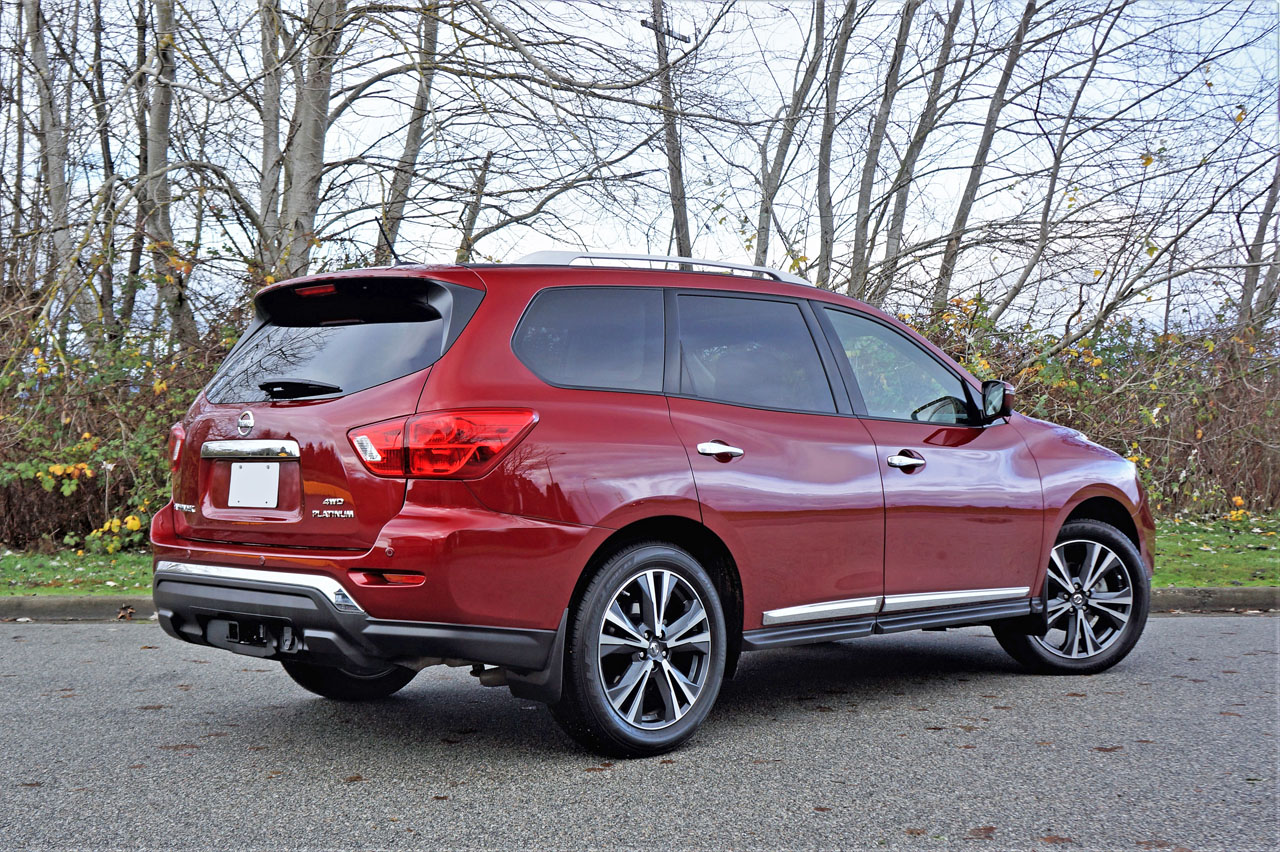
In addition to 10 hours of being rowed, the vehicle can also float an additional 14 hours, if someone can guide it, adding an additional 42 miles to the daily distance traveled. If going downstream, add the speed of the current (typically 3 miles per hour) to the speed of the vehicle. (rowed)ġ Rafts, barges, keelboats, and rowboats are most often used on lakes and rivers. 3 feet high or 13 feet high with sailġ/2 mile/hour or 5 miles/day (poled or towed)ġ20 ft. Twice the speed of the pulling creature(s), or 100 ft. Twice the speed of the pulling creature(s) –10 ft. Twice the speed of the pulling creature(s) Table: Vehicle Costs and Maximum Speeds Land Vehicles This is the number of siege or vehicle weapons that a vehicle can have. Weapons: Some vehicles can be equipped with siege weapons.
PATHFINDER CAR DRIVER
Propulsion: The type and amount of propulsion required.ĭriving Check: The skills typically used to make a vehicle driving check with this vehicle.įorward Facing: The direction of the vehicle’s forward facing.ĭriving Device: The typical driving device the driver manipulates when driving the vehicle.ĭriving Space: The size and the location of the vehicle’s driving space.Ĭrew: This is the number of crew members, in addition to the driver, needed to move the vehicle.ĭecks: The number of decks and any important information about those decks is given in this section. It also determines the maximum amount a vehicle can safely decelerate each round. When a vehicle has more than one method of propulsion, it may also have more than one maximum speed.ĬMB and CMD: The CMB an CMD before the driver modifies it with his driving check modifier.Īcceleration: This is how fast a vehicle can increase its speed each round. Maximum Speed: This is the fastest that a vehicle can move. This is the vehicle’s save before the driver modifies it with his driving check. All of the vehicle’s saving throws ( Fortitude, Reflex, and Will) have the same value. They have their own statistics.īase Save: Each vehicle has a base save modifier. A vehicle’s hit points do not factor in its method of propulsion or the driving device. When a vehicle reaches the hit point total in the parentheses, it is broken. Hp: While a vehicle can be attacked in combat, it is often hard to significantly damage large vehicles. If the vehicle is not in motion, it has an effective Dexterity of 0 (–5 penalty to AC), and an additional –2 penalty to its AC. The AC assumes the vehicle is in motion and the driver has not modified the AC with his driving skill. These are not included in the cost of the vehicle, nor are additions like rams or siege engines.ĪC and Hardness: This is the AC and harness of the vehicle. Sometimes the description or the weapons section provides possible modifications for the vehicles. Squares: The typical size of the vehicle is measured in a number of squares, followed by the standard configuration of those squares.Ĭost: The vehicle’s cost in gp.

Size and Type: Divided into land, sea, and air.


 0 kommentar(er)
0 kommentar(er)
